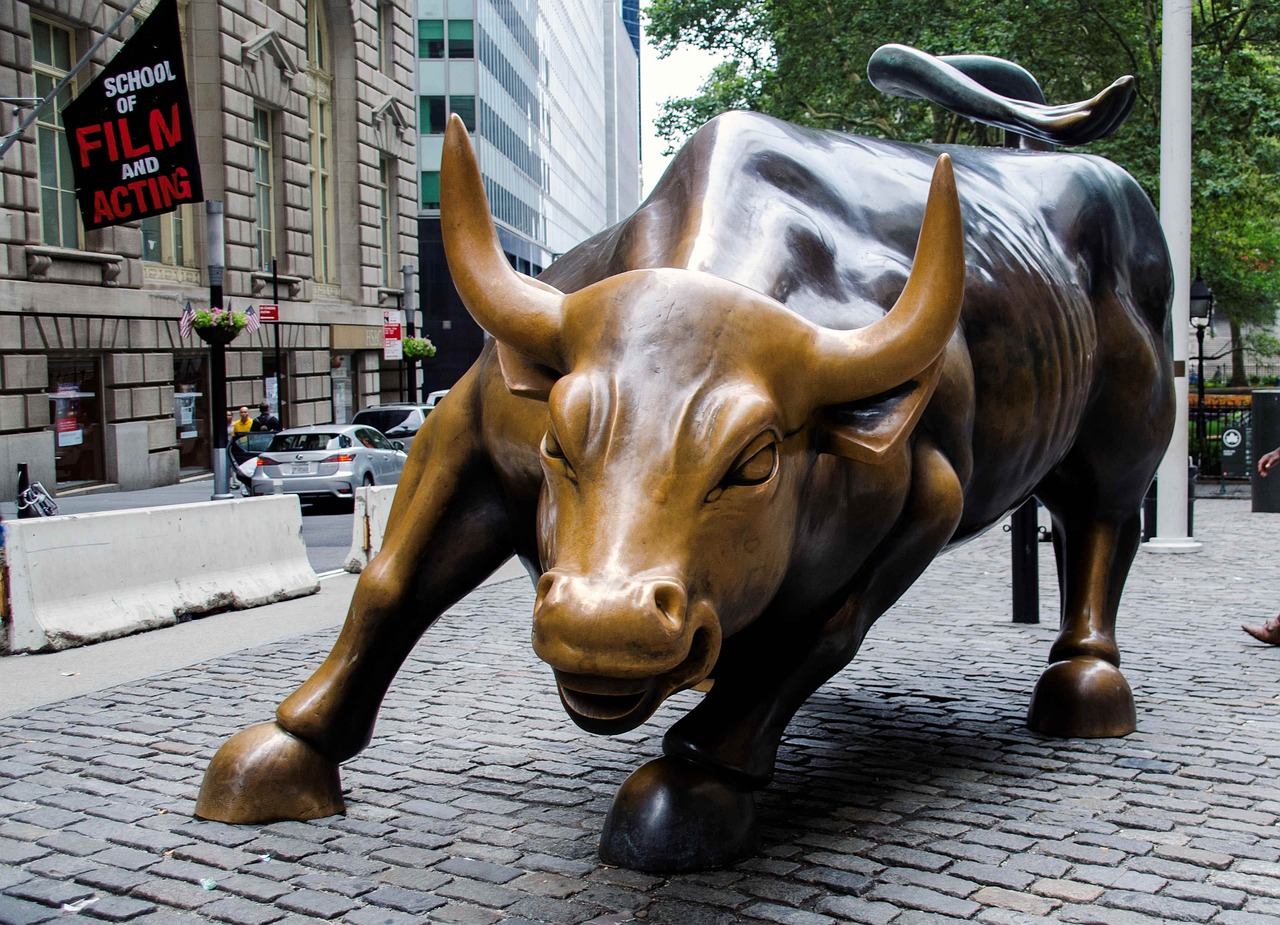Economy and business
Stock exchanges have changed the nature nature of their profitability

The conditions of finance have changed profoundly over the past 30 years. Markets, which were previously, historically, accustomed to certain returns, have been faced with a different reality, leading to different performance indicators.

The graph of the average P/E of the S&P 500 Index shows a clear increase after 1995. This phenomenon has attracted the interest of many investors and analysts, who have wondered about the reasons for this change. Several hypotheses have been advanced, each of which deserves careful consideration.
One of the most plausible explanations is related to interest rate trends. Indeed, since the mid-1990s, there has been a gradual decline in interest rates globally. This made equities more attractive than other forms of fixed-income investment, such as bonds, prompting investors to shift their capital to the stock market. The increased demand for equities has driven up prices and, as a result, the average P/E as well.
Another factor to consider is the evolution of expectations for corporate earnings growth. In the years after 1995, many investors began to have more optimistic expectations about the growth prospects of companies listed on the S&P 500. This increased confidence in the future led investors to be willing to pay more for stocks, contributing to the rise in the average P/E.
Remember what happened with the various bubbles, such as the dot.com bubble that casuated investments in companies that never had a return, for years, if at all. Think of Amazon, which turned a profit many years after its first investment. This lack of initial and prolonged profits sent the P/E skyrocketing.
The impact of changes in the composition of the S&P 500 index should also not be overlooked. Over the years, the index has seen the entry of new companies, often characterized by higher valuations than the market average. This phenomenon has inevitably contributed to raising the overall average P/E.
In addition, the rise in the average P/E may be partly attributable to an increased appetite for risk on the part of investors. In a low-interest-rate environment, investors might be more inclined to seek higher returns in the stock market, even at the cost of accepting a higher level of risk. This could push them to invest in stocks with higher valuations, contributing to the increase in average P/E.
Finally, it is important to remember that the stock market does not operate in a vacuum but is influenced by a number of macroeconomic factors, such as inflation, economic growth, and monetary and fiscal policies. These factors can influence stock market valuations and, consequently, the average P/E.
In conclusion, the increase in the average P/E of the S&P 500 after 1995 is a complex phenomenon that cannot be attributed to a single factor. Rather, it is the result of a combination of several causes, including lower interest rates, earnings growth expectations, changes in the composition of the index, investors’ increased risk appetite, and changes in the macroeconomic environment.
The consequences will come to be severe, however, especially for those who think they can enjoy a good retirement on the basis of their investment returns. With this reduction in returns, this goal is likely to be very difficult






